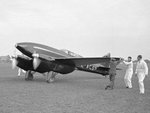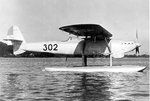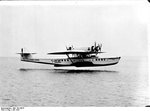Lucky13
Forum Mascot
Couldn't find a suitable place for this one, so post it here.....
I'm sure that we most know about the US, UK, Germany, France, Italy and their interwar years avaition industry, but I'd like to know more about Poland's, Czechoslovakia's, Hungary's, Jugoslavia's, Romania's etc. etc....
What did they have to compare to the "west", any wellknown designers, were these countries up there with western europe or were they slightly behind.....
I'm sure that we most know about the US, UK, Germany, France, Italy and their interwar years avaition industry, but I'd like to know more about Poland's, Czechoslovakia's, Hungary's, Jugoslavia's, Romania's etc. etc....
What did they have to compare to the "west", any wellknown designers, were these countries up there with western europe or were they slightly behind.....





